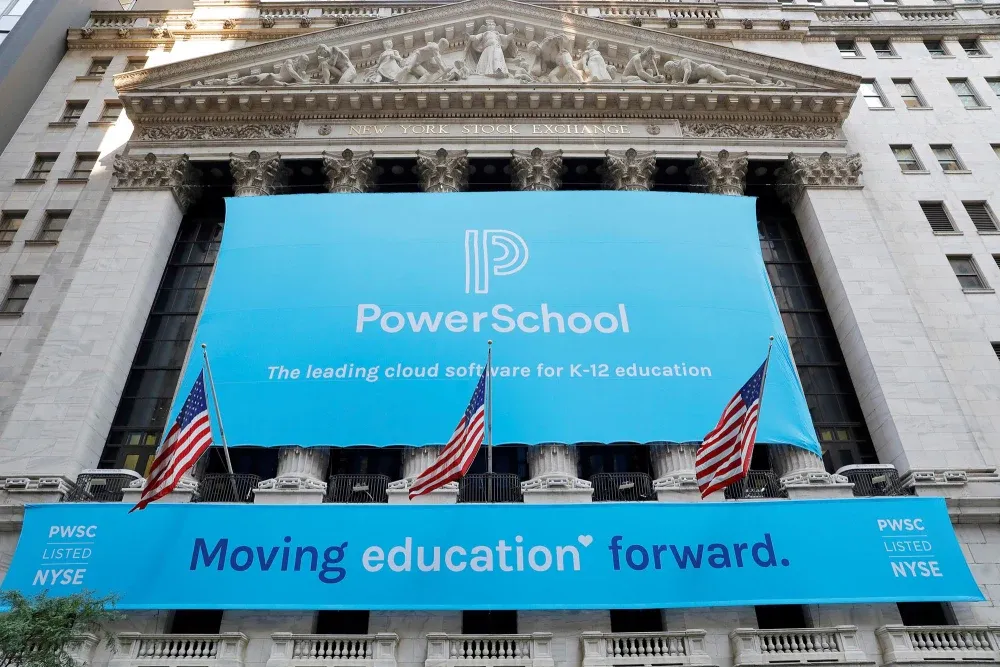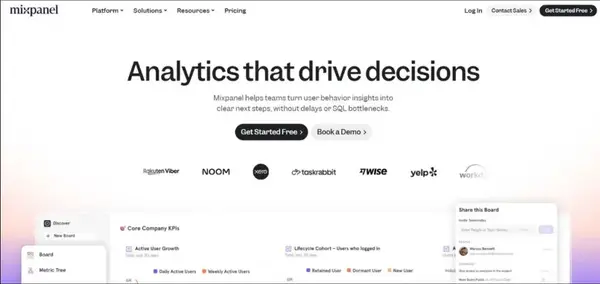The Teenage Hacker Who Stole 70 Million Records: The Matthew Lane Case

How a 19-year-old college student from Massachusetts orchestrated one of the largest data breaches in U.S. history
https://www.justice.gov/d9/2025-05/us_v._matthew_lane_-_information.pdf
The stereotype of the hoodie-wearing hacker operating from a dark basement was shattered in May 2025 when 19-year-old Matthew Lane of Worcester, Massachusetts, pleaded guilty to federal charges stemming from what prosecutors called the largest breach of American schoolchildren's data in history. Lane's case serves as a stark reminder that sophisticated cybercrimes can originate from the most unexpected places—including a college dormitory.

The Scale of the Breach
Lane's criminal enterprise targeted two major companies with devastating results. Lane and other co-conspirators are accused of hacking into PowerSchool computer networks and stealing the personal data of 60 million students and 10 million teachers, according to federal prosecutors. The breach affected educational institutions across the United States, Canada, and other countries, making it one of the most significant data breaches in educational technology history.
PowerSchool, a leading student information system used by thousands of schools nationwide, became Lane's primary target. The company manages sensitive student data including grades, attendance records, disciplinary information, and personal details for millions of students from kindergarten through high school.
The Criminal Scheme Unfolds
Lane's cybercriminal activities began in 2022 with a breach of a telecommunications company. In the spring of 2024, Lane used an anonymous email address to demand a ransom of $200,000 in Bitcoin from the telecommunications company, according to charging documents. When the company refused to pay the full amount, Lane reportedly lowered his demand to $75,000. Eventually, the telecom had reportedly paid Lane $200,000, demonstrating the financial success of his initial extortion attempt.
Emboldened by this success, Lane set his sights on a much larger target. Using stolen credentials, Matthew Lane allegedly hacked PowerSchool using stolen credentials and gained access to the company's vast databases. The timing was calculated for maximum impact—PowerSchool received a ransom demand for approximately $2.85 million in Bitcoin on December 28, 2024, during the holiday season when many IT security teams operate with reduced staffing.
The Extortion Campaign
Lane's approach to extortion was methodical and increasingly aggressive. Between April and May 2024, the group threatened to leak previously stolen customer data unless paid. Lane used anonymous emails and encrypted messaging apps like Signal to deliver ultimatums, even threatening the company's executives in increasingly aggressive language.
The ransom demand came with a chilling threat: The threat warned that if payment was not made, the stolen data would be leaked "worldwide." This wasn't an idle threat—Lane had already demonstrated his willingness to follow through by exfiltrating the stolen data to servers in Ukraine, putting it beyond the immediate reach of U.S. law enforcement.
The Investigation and Arrest
Despite his attempts at anonymity, Lane's downfall came through a combination of digital forensics and his own careless spending habits. Law enforcement agencies, including the FBI, traced Bitcoin transactions and digital communications back to Lane. The investigation revealed that he had used some of the ransom payments for personal purchases, creating a digital paper trail that investigators could follow.
Matthew Lane, 19, was charged with cyber extortion conspiracy, cyber extortion and aggravated identity theft, according to federal prosecutors. The charges reflect the serious nature of his crimes and the potential for lengthy imprisonment.
Legal Consequences and Sentencing
Lane's legal troubles are far from over. Lane is scheduled to be sentenced on September 11. As part of the plea deal, the prosecution agreed that it would not appeal any sentence of 94 months or longer. Lane could be sentenced to less time if the sentence for Counts 1, 2, and 3 are served concurrently for 5 years, followed by two years (mandatory) for the aggravated identity theft count.
The financial penalties are substantial as well. The plea deal also includes three years of supervised release after serving his time and a forfeiture provision for $160,981 and restitution. The amount of restitution has not been determined yet, though it's expected to be significant given the scope of the damages.
The Broader Impact
The PowerSchool breach had far-reaching consequences beyond the immediate financial losses. Schools across North America were forced to notify parents and students about the compromise of their personal information. The breach affected not just current students but also alumni whose records were stored in the system, creating a multi-generational privacy violation.
PowerSchool recently acknowledged that they paid a ransom demand to get assurances of data deletion, though experts note that paying ransoms provides no guarantee that copies of the data won't resurface later or that the criminals won't return with additional demands.
Lessons for Cybersecurity
The Matthew Lane case offers several critical lessons for organizations and cybersecurity professionals:
The Threat Can Come from Anywhere: The most dangerous assumption in cybersecurity is that threats only come from sophisticated nation-state actors or organized crime syndicates. Lane's case demonstrates that a motivated teenager with basic technical skills can cause damage on a massive scale.
Stolen Credentials Remain a Primary Attack Vector: Lane's success relied heavily on stolen credentials rather than sophisticated zero-day exploits. This highlights the continued importance of strong authentication practices, including multi-factor authentication and regular credential rotation.
Third-Party Risk Management: Educational institutions that trusted PowerSchool with their data found themselves victims of a breach they had no direct control over. This underscores the critical importance of vetting third-party vendors and ensuring they maintain robust security practices.
Data Exfiltration Monitoring: The ability to transfer 70 million records to servers in Ukraine suggests gaps in data loss prevention (DLP) systems. Organizations must implement comprehensive monitoring to detect unusual data access patterns and large-scale exfiltration attempts.
Incident Response Planning: The holiday timing of the PowerSchool attack wasn't coincidental. Cybercriminals often target periods when security teams are understaffed or distracted. Organizations need incident response plans that account for these vulnerable periods.
The Human Cost
Beyond the technical and financial implications, the Matthew Lane case represents a profound violation of privacy for millions of families. Student records contain some of the most sensitive information imaginable—academic performance, disciplinary actions, health information, and family details. The psychological impact on students and parents who learned their private information was stolen and potentially sold cannot be quantified in dollars.
The breach also highlighted the vulnerability of educational institutions, which often operate with limited cybersecurity budgets and may not have the resources to implement enterprise-grade security measures. Yet they're responsible for protecting the data of society's most vulnerable population—children.
A Changing Threat Landscape
The Matthew Lane case represents a broader shift in the cybercrime landscape. While nation-state actors and organized crime groups grab headlines, individual actors like Lane can cause damage that rivals or exceeds state-sponsored attacks. This democratization of cybercrime capabilities means that organizations must defend against threats from all directions, not just the most sophisticated adversaries.
The case also illustrates how financial motivation continues to drive cybercrime. Lane's progression from a $75,000 telecom extortion to a $2.85 million PowerSchool ransom shows how success breeds ambition in the criminal world. Each successful attack provides both financial resources and technical confidence for larger operations.
Moving Forward
As Lane awaits sentencing, the broader implications of his actions continue to unfold. Educational institutions are reassessing their data security practices, and vendors like PowerSchool are implementing additional security measures. However, the fundamental challenge remains: how to protect vast quantities of sensitive data in an interconnected world where a single teenager with stolen credentials can cause damage measured in the tens of millions of records.
The Matthew Lane case serves as a sobering reminder that in cybersecurity, the threat is not always who you expect it to be. Sometimes, the person rolling the dice with millions of people's private information isn't a sophisticated criminal organization operating from a foreign country—it's a college student from Massachusetts who thought he could get away with extorting millions in Bitcoin.
As organizations continue to digitize their operations and store increasing amounts of sensitive data, the Lane case will likely be studied for years to come as an example of how quickly a cybersecurity incident can escalate from a simple credential theft to a breach affecting an entire generation of students and educators. The lesson is clear: in the digital age, vigilance must be constant, and the threat can come from anywhere.





